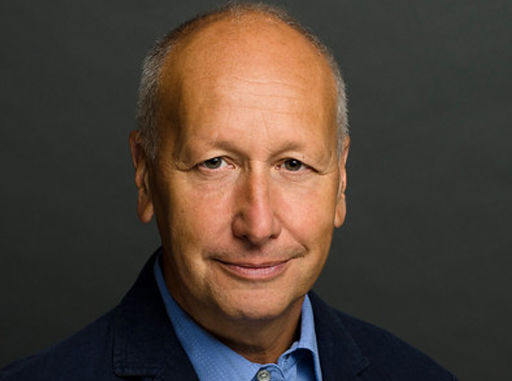In mathematics, as in any other field, there are those rare individuals who quietly dedicate themselves to the art of collaboration and the pursuit of understanding. Professor Luis A. Caffarelli is one such figure, whose humility and commitment to teamwork have given him the unique reputation of being more likely to share an insight across the water cooler than to publish it in a journal.
Rather than chasing personal glory, he has made a career out of embracing the banality of progress. In an ironic but inarguably well-deserved twist, it is likely this quality that has built him into one of the most lauded mathematicians of our time.
As he transitions into retirement, Caffarelli remains deeply connected to the mathematical community. "I still feel that I'm engaged in the community, and students continue to seek guidance from me." This highlights his enduring influence on the next generation of mathematicians and his ongoing commitment to fostering mathematical endeavors.
Throughout his career, Caffarelli's primary focus has been on non-linear partial differential equations, particularly the Monge–Ampère equation and equations that describe flow in porous media. These complex mathematical challenges had stymied mathematicians for years, but in 1990, Caffarelli embarked on a series of papers that brought fresh insights and opened new avenues for understanding the existence and uniqueness of solutions. His work in this area has become a cornerstone for researchers worldwide.


